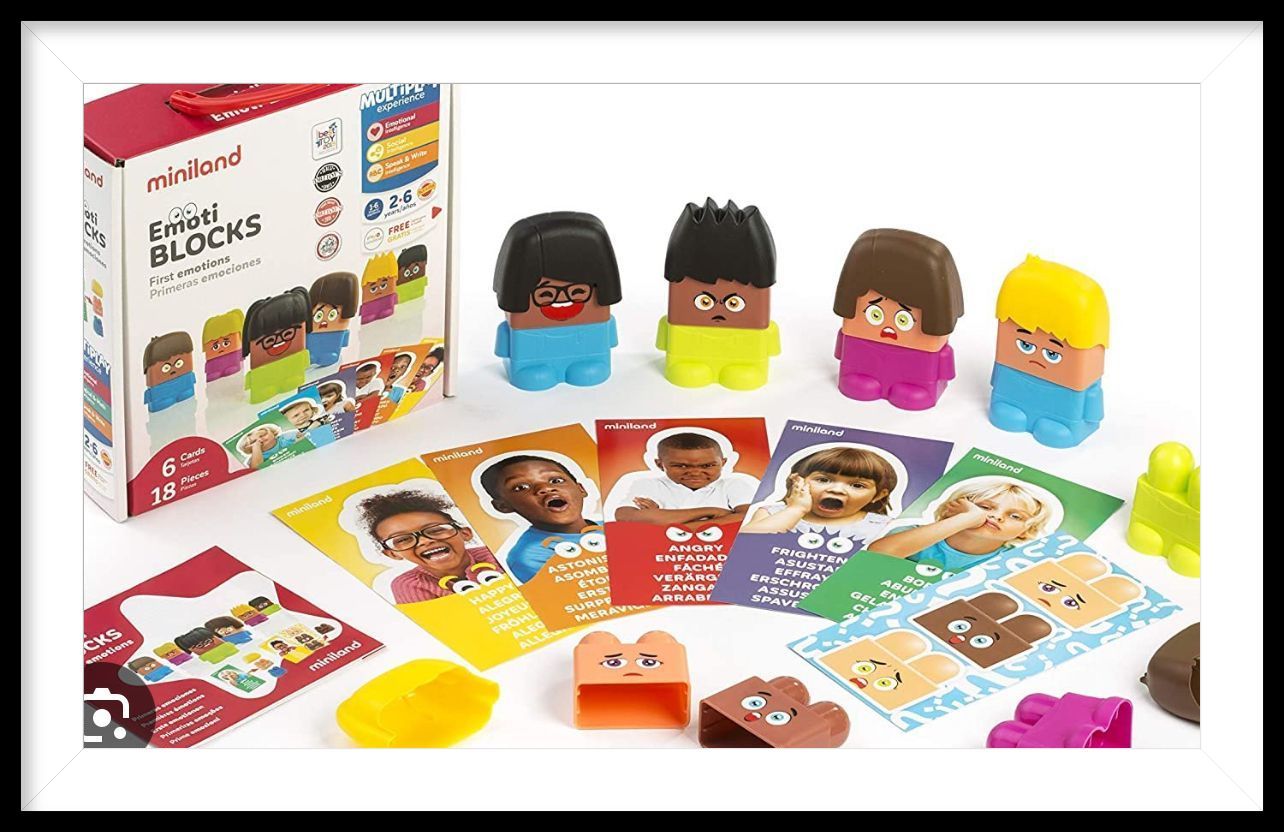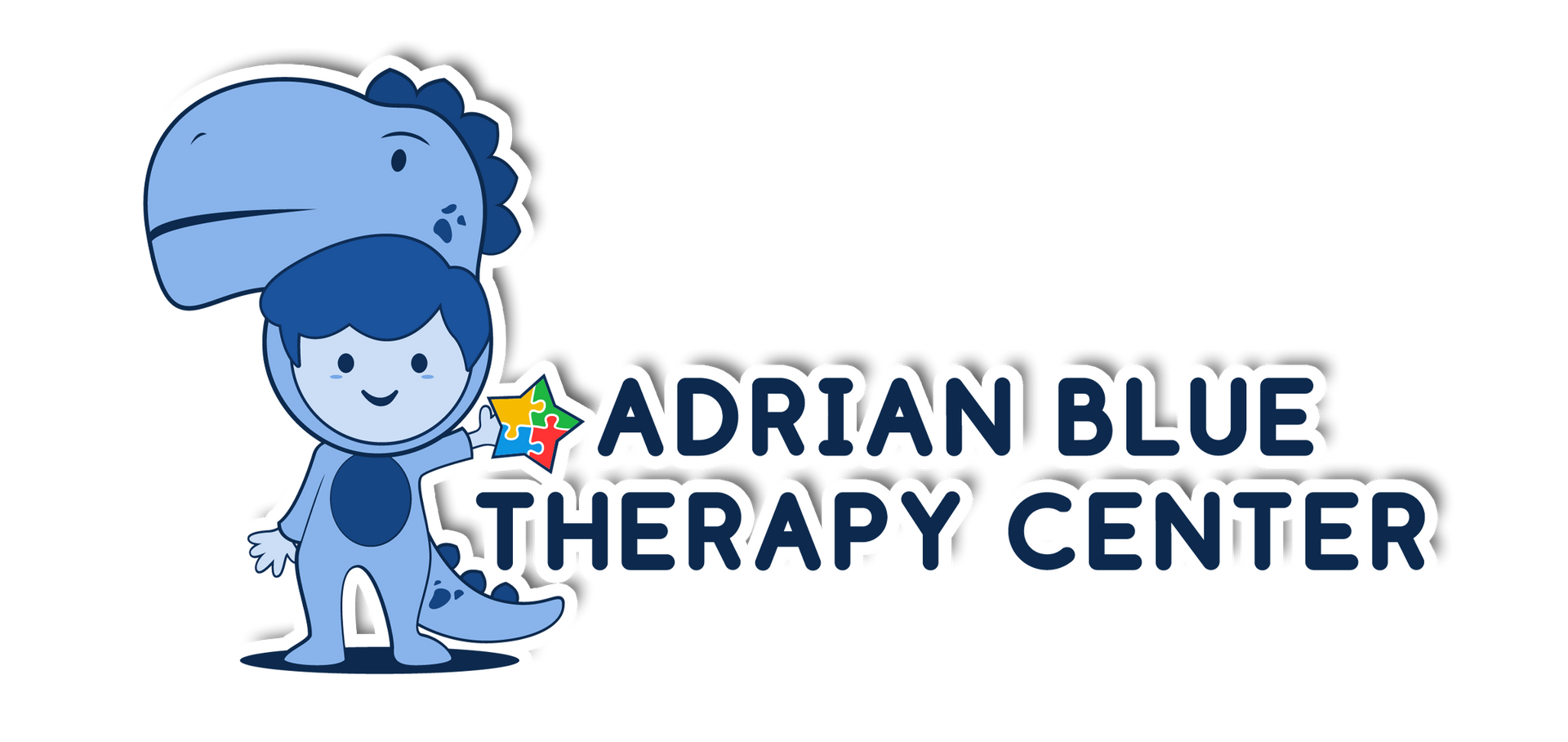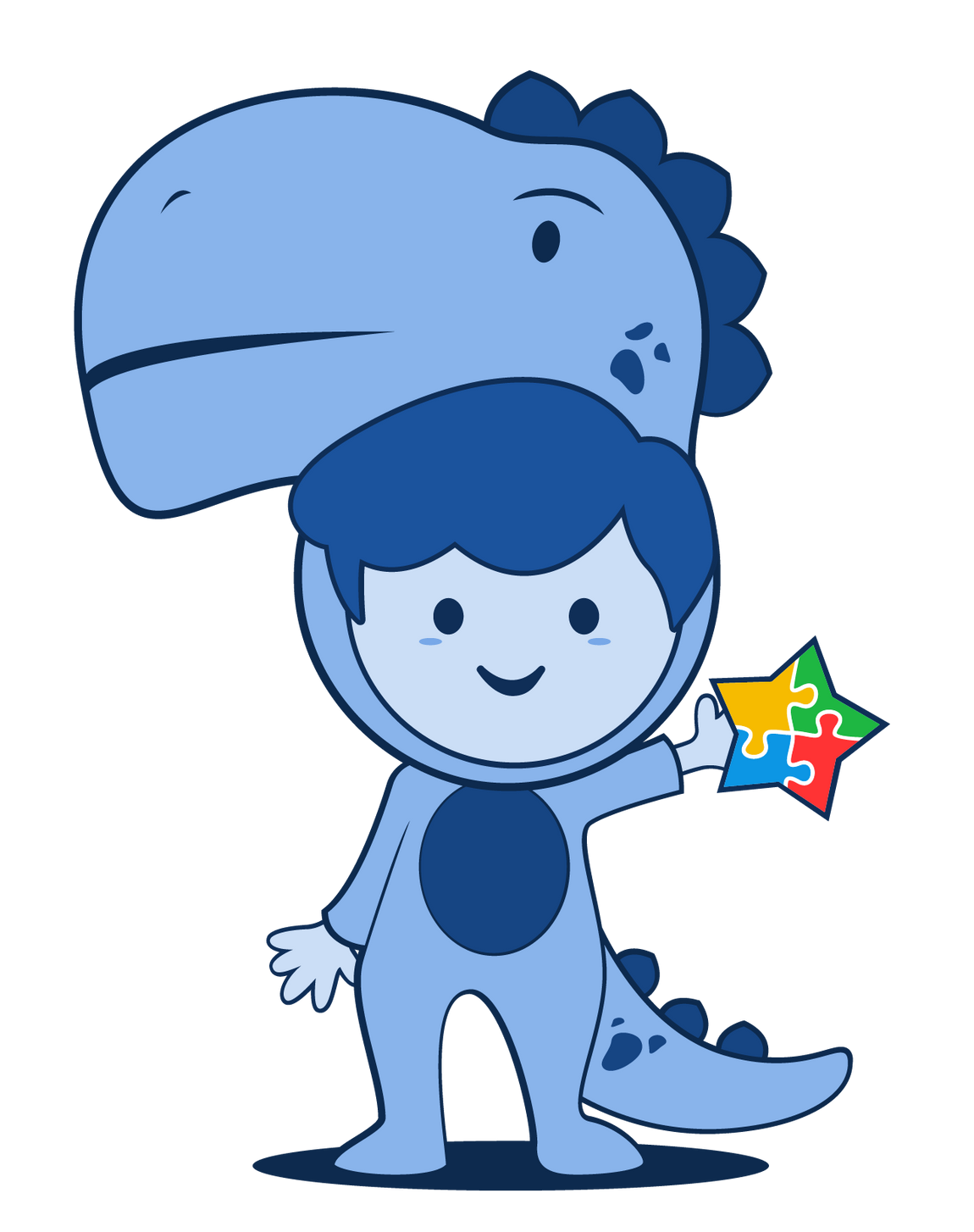RECOMMENDED PRODUCTS
This is a list of Products that we use daily in our Therapies and we want to share it with any therapist, parent or caregiver who wants to use them to boost their children's development. These are products that can help your children's development through play, improving communication, satisfying their sensory needs and improving their coordination and balance skills.
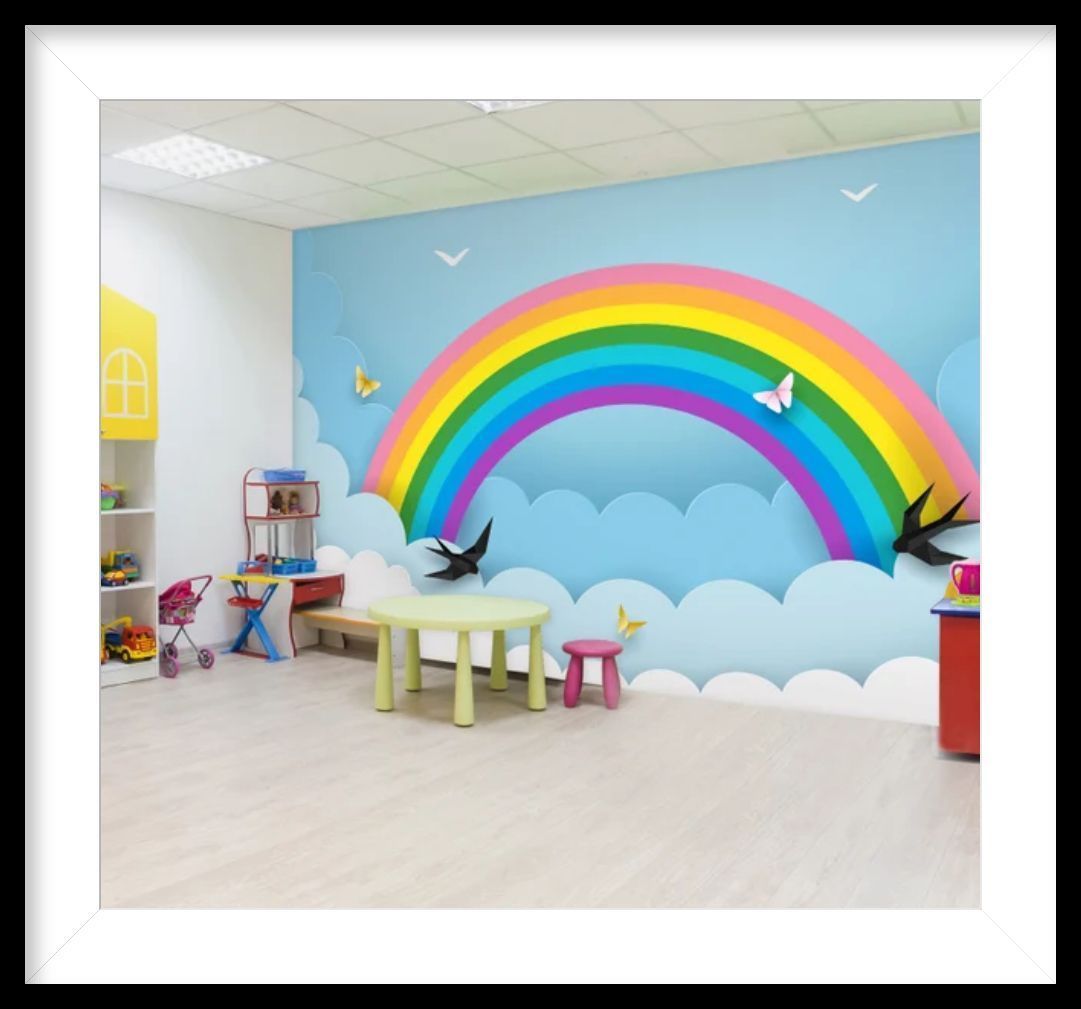
"It is important to keep in mind the individualities of each child"
When selecting toys or products for children with autism, it's important to consider items that can help support their sensory needs, communication skills, and overall development. Here are some recommendations:
1. Sensory Toys: These toys can help children with autism regulate sensory input. Items like fidget toys, textured balls, weighted blankets, or sensory bins can provide comfort and stimulation.
2.Communication Tools: Products like picture communication boards, visual schedules, or electronic communication devices can assist children with autism in expressing themselves and understanding others.
3.Educational Toys: Toys that promote learning in a visual and hands-on manner can be beneficial. Consider puzzles, building blocks, or interactive games that encourage problem-solving and cognitive skills.
4.Social Skill-Building Games: Games that involve turn-taking, social interaction, and cooperative play can help children with autism develop their social skills. Board games, role-playing sets, or social stories are good options.
5.Calming Tools: Products such as noise-canceling headphones, stress balls, or sensory-friendly clothing can provide comfort and help children manage anxiety or sensory overload.
6. Therapeutic Tools: Items like sensory swings, therapy putty, or chewable jewelry can be helpful in providing sensory input and promoting self-regulation.
7.Adaptive Equipment: Consider products that support fine and gross motor skills, such as adapted scissors, writing aids, or balance boards, to help children with autism improve their motor control and coordination.
It's essential to choose toys and products that cater to the specific needs and preferences of each child with autism. Consulting with a therapist or special education professional can also provide guidance on selecting the most suitable items to support a child's development and well-being.
Sensory toys are incredibly beneficial for children with sensory processing disorders.
These toys are designed to engage and stimulate the senses, helping children regulate and process sensory input more effectively. For children with sensory issues, sensory toys can provide comfort, alleviate anxiety, and support sensory integration.
Sensory toys come in various forms, including items with different textures, shapes, colors, and sensory features such as lights, sounds, or vibrations. These toys can help children with sensory processing disorders explore different sensations in a controlled and enjoyable manner.
The use of sensory toys can also promote sensory-seeking or sensory-avoidant behaviors by providing appropriate sensory stimulation and encouraging self-regulation. Children with sensory processing disorders often benefit from sensory toys that offer a range of tactile, visual, auditory, and proprioceptive experiences.
By incorporating sensory toys into a child's play routine, caregivers and therapists can create a supportive environment that caters to the child's sensory needs. These toys can play a crucial role in enhancing a child's sensory processing skills, promoting self-calming strategies, and facilitating sensory integration, ultimately improving the child's overall well-being and quality of life.
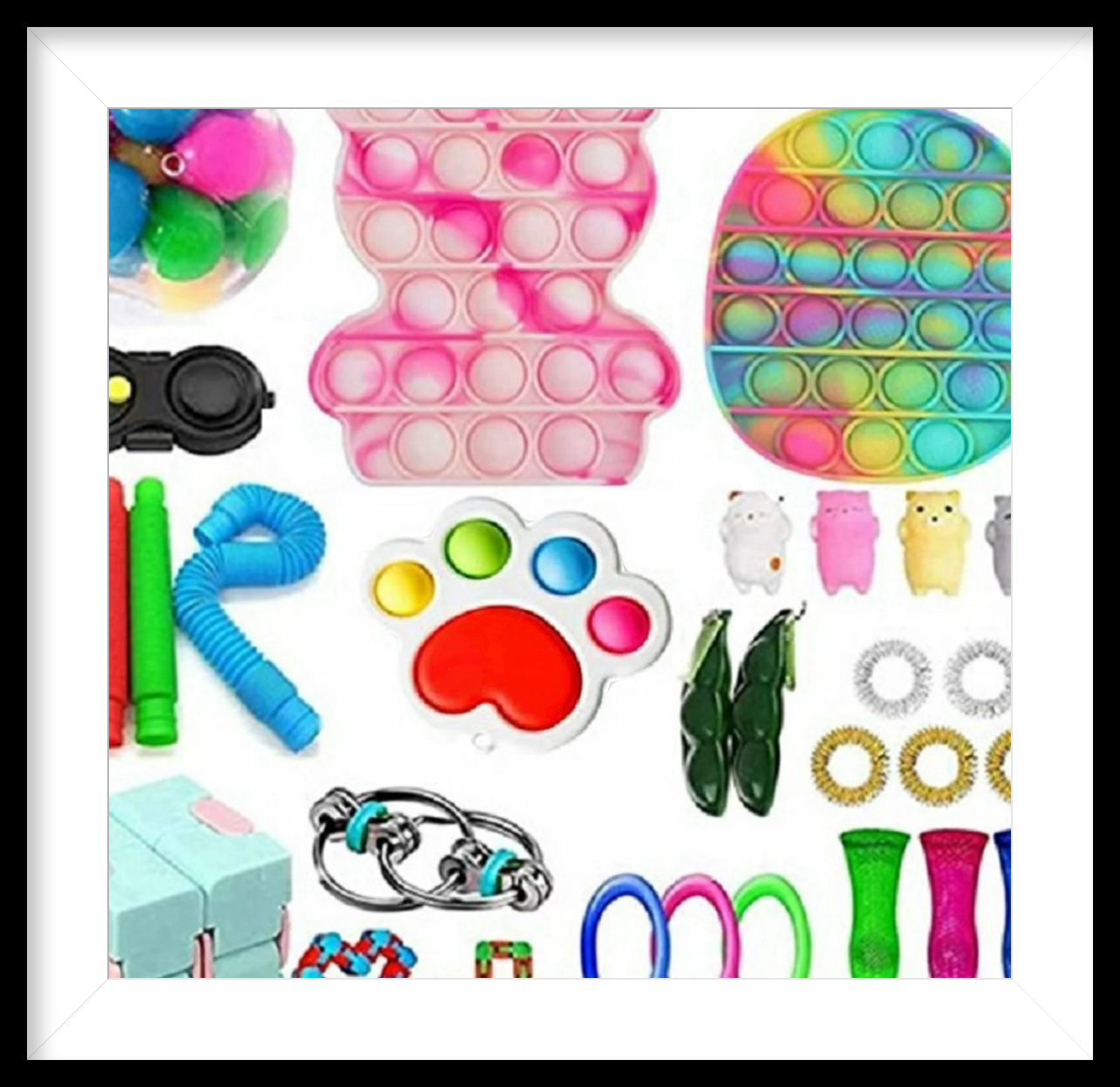
The easy way to start
Starting early intervention and home-based therapy with your child can be a rewarding and impactful way to support their development. Here are some steps to consider when beginning to work at home with your child in early stimulation:
1. Consultation with Professionals: Seek guidance from early intervention specialists, therapists, or pediatricians to understand your child's specific needs and create a personalized plan for home-based therapy.
2. Create a Structured Routine: Establish a daily schedule with structured activities to provide consistency and predictability for your child. Consider incorporating playtime, learning activities, sensory play, and rest periods.
3. Set Clear Goals: Identify specific developmental goals for your child based on their individual strengths and areas needing improvement. Break down these goals into manageable tasks to track progress effectively.
4. Utilize Play as Therapy: Make learning fun through play-based activities that promote cognitive, social, emotional, and motor skills development. Use toys, games, sensory activities, and role-playing to engage your child in meaningful ways.
5. Incorporate Sensory Stimulation: Integrate sensory-rich experiences into your child's daily routine to support their sensory processing and regulation. Provide opportunities for exploring different textures, sounds, tastes, smells, and movements.
6. Encourage Communication: Use visual cues, gestures, simple words, and sign language to facilitate communication with your child. Encourage them to express their needs, preferences, and emotions through interactive communication activities.
7. Provide Positive Reinforcement: Offer praise, encouragement, and rewards to reinforce desired behaviors and achievements. Celebrate milestones, no matter how small, to motivate and build confidence in your child.
8. Collaborate with Therapists: Work closely with therapists and professionals involved in your child's care to implement strategies and techniques recommended for home-based therapy. Seek feedback, ask questions, and adjust interventions based on their guidance.
9. Monitor Progress: Keep track of your child's progress by recording observations, milestones reached, and challenges faced during home therapy sessions. Use this information to adapt your approach and set new goals as needed.
10. Take Care of Yourself: Remember to prioritize self-care and seek support from other caregivers, family members, or support groups to prevent burnout and maintain your well-being while providing home-based early intervention for your child.
By following these steps and maintaining a supportive and nurturing environment at home, you can effectively engage in early stimulation activities with your child and promote their development in various areas of growth and learning.
